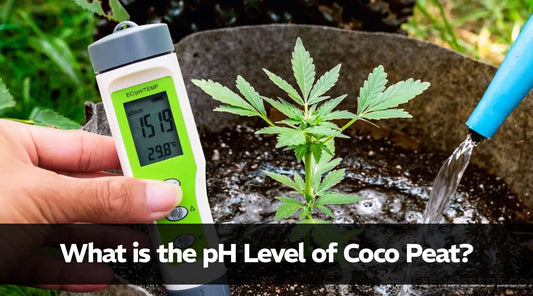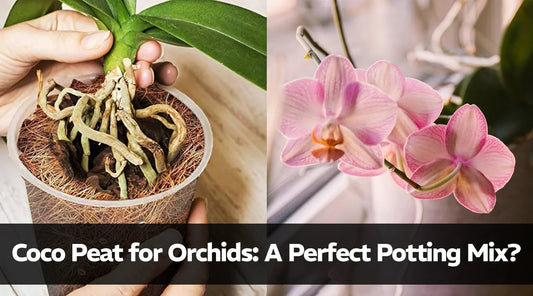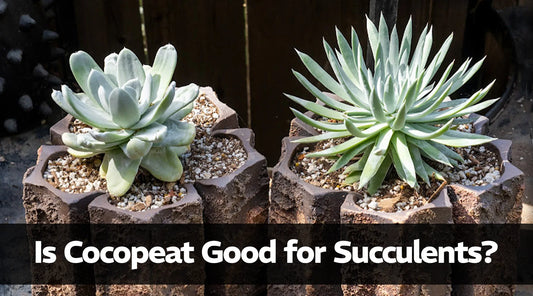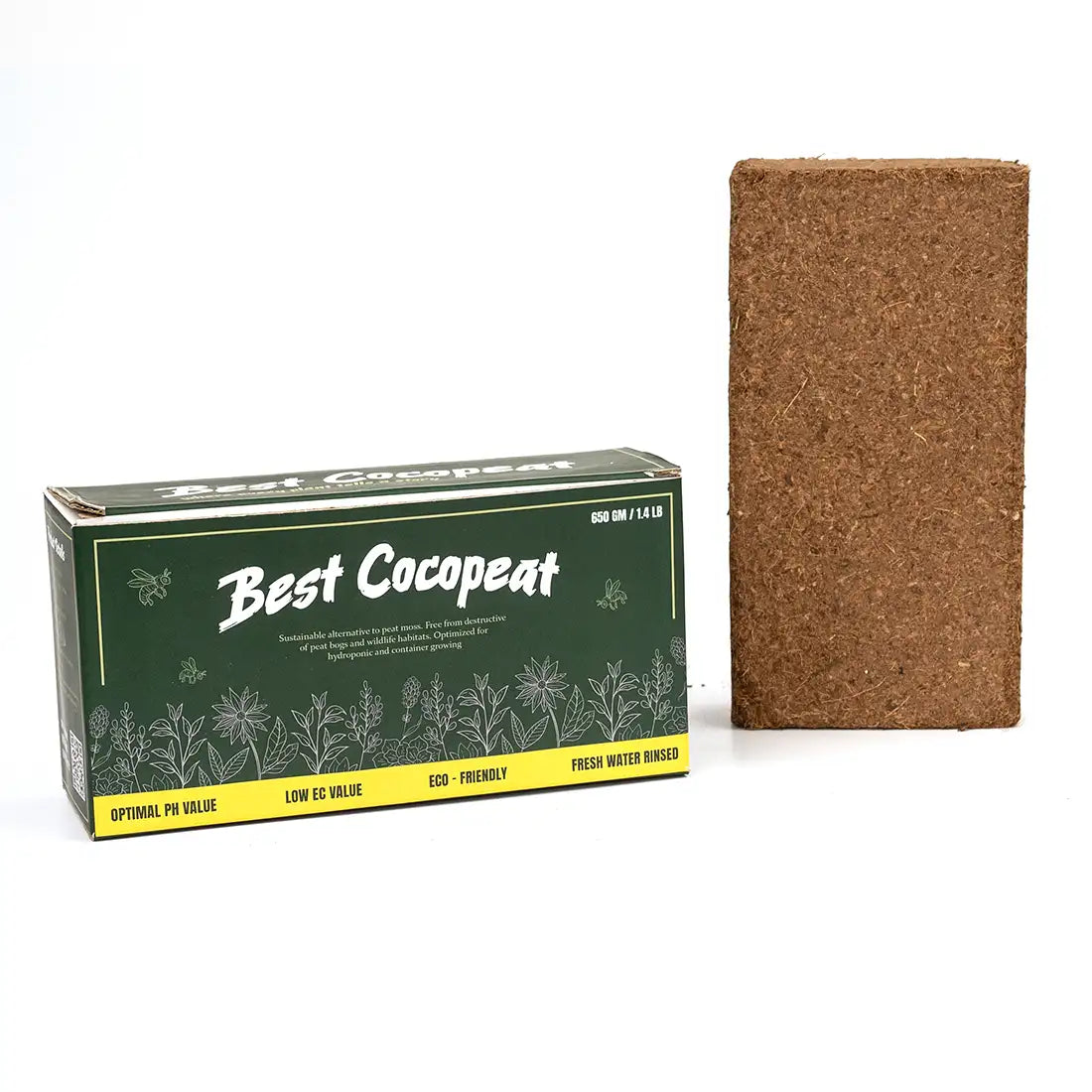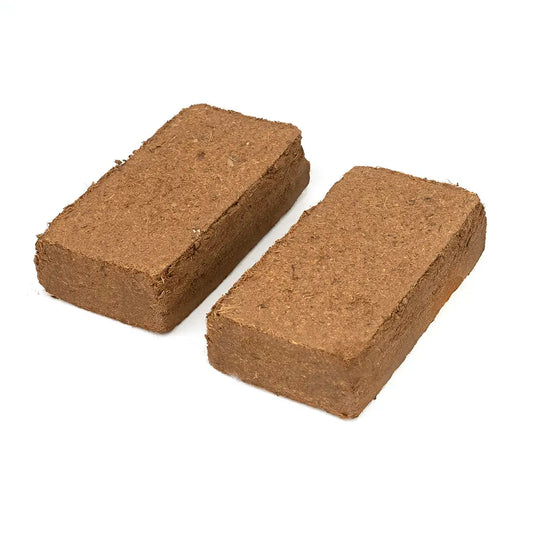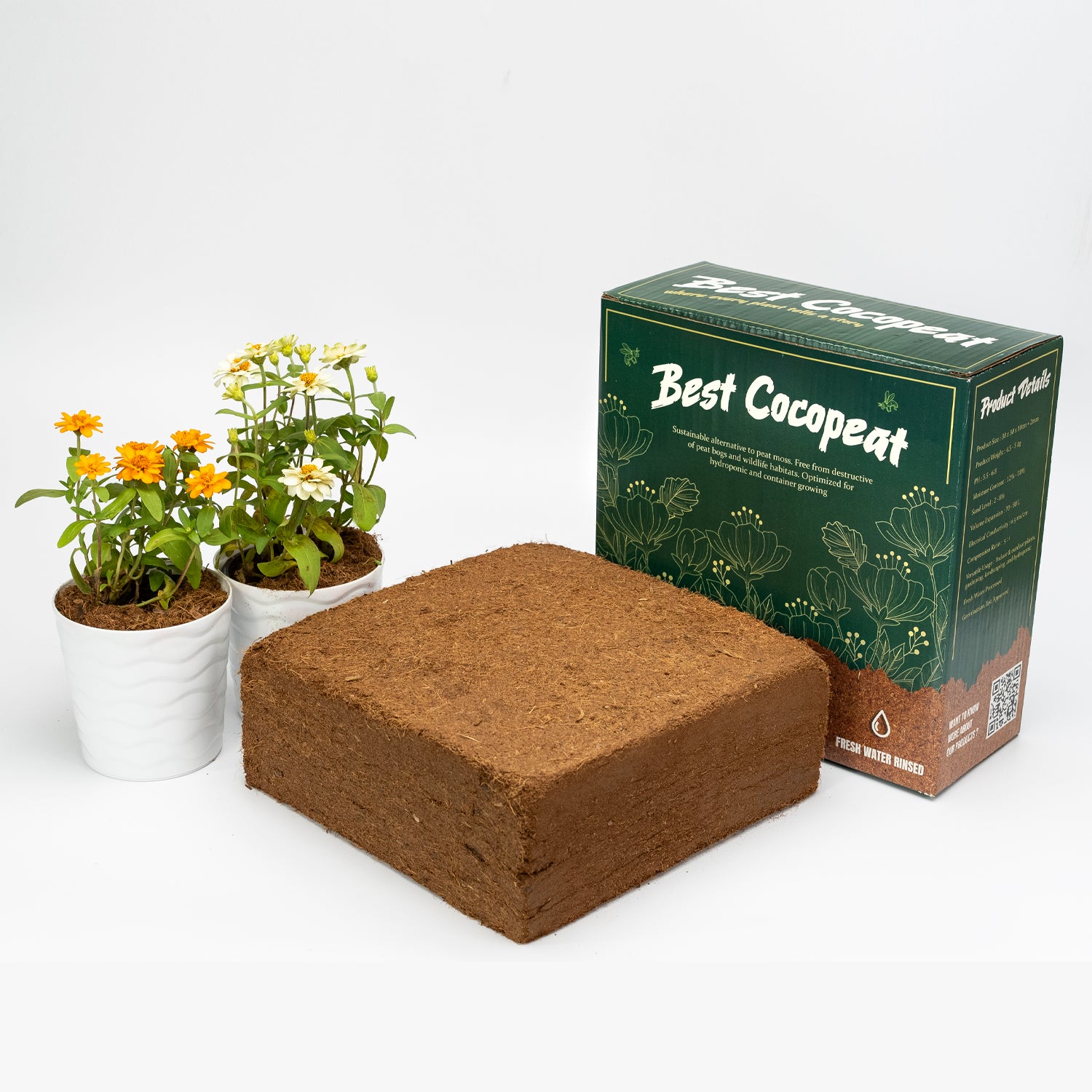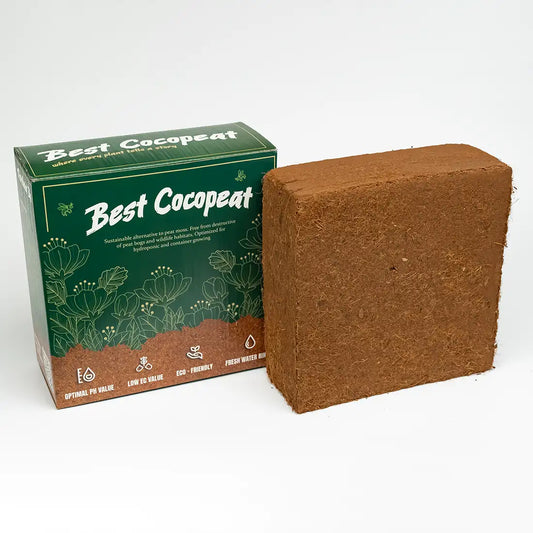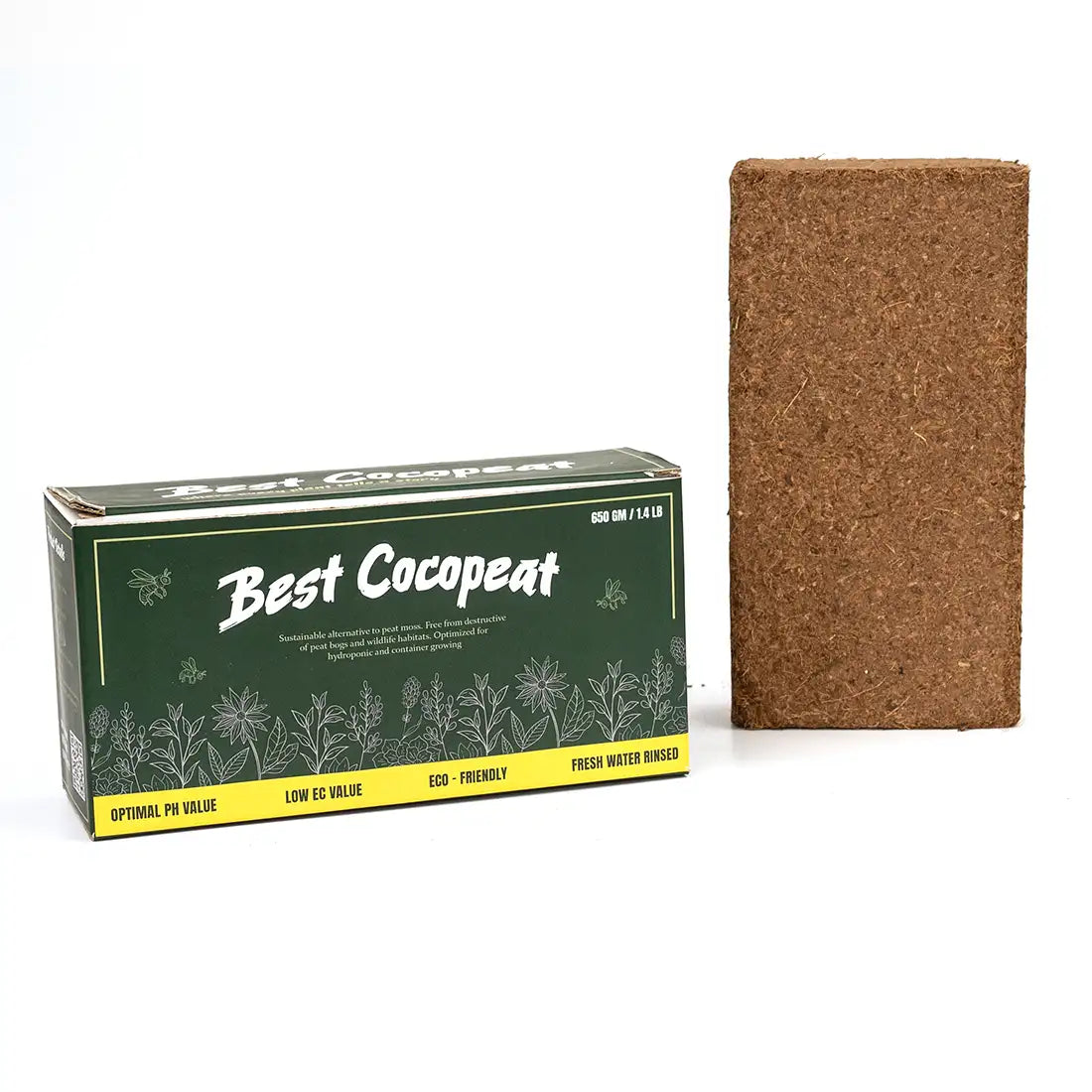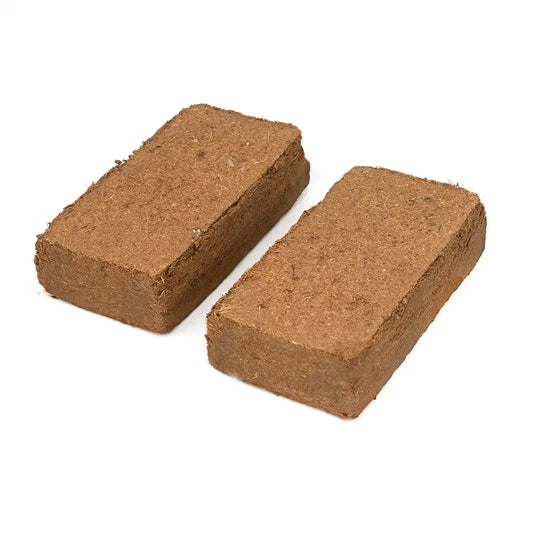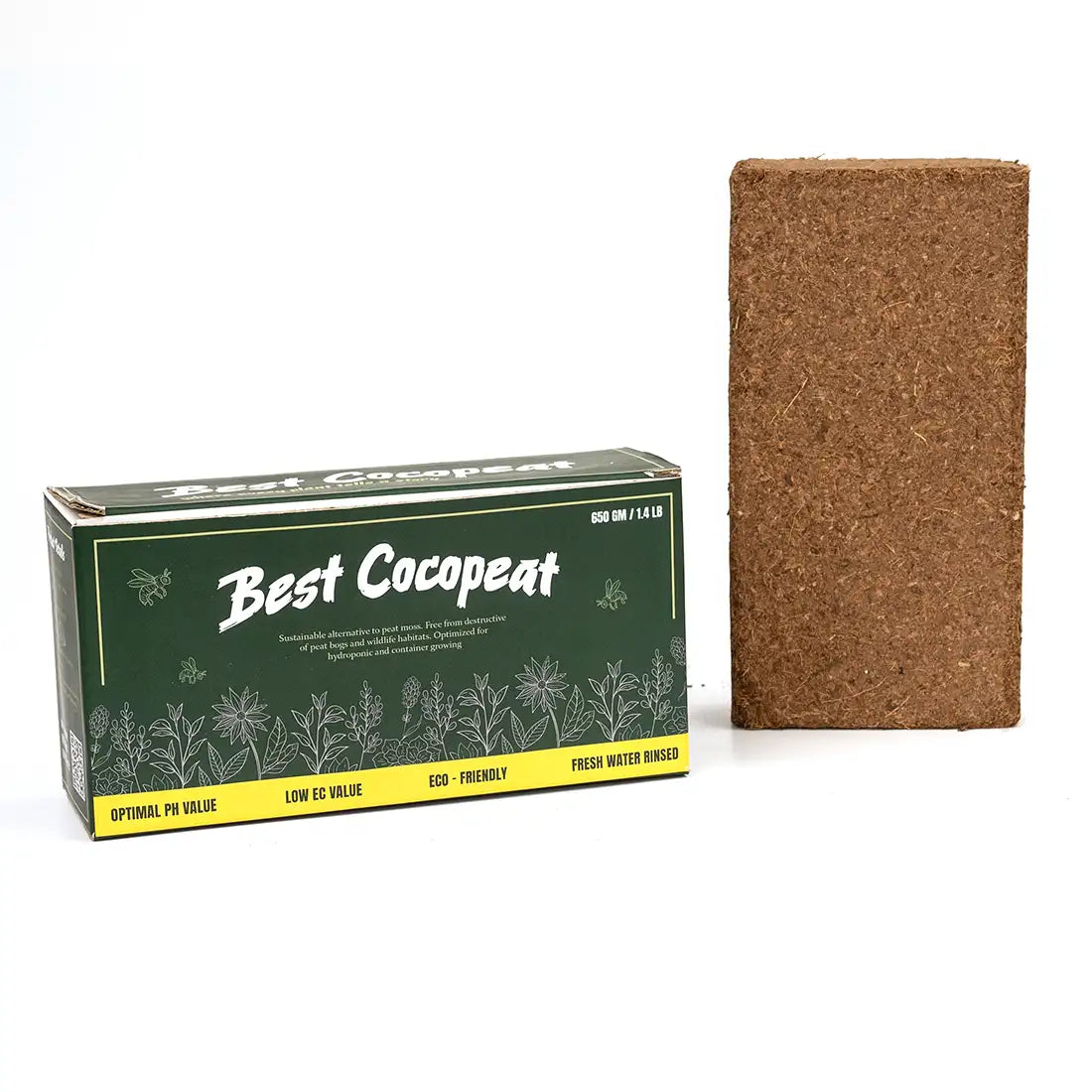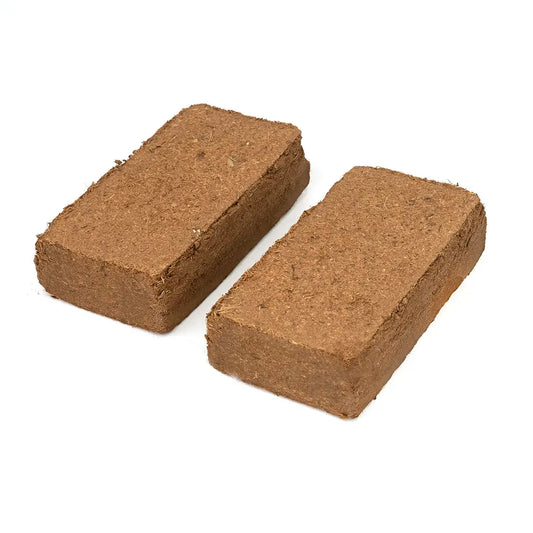Farmers, hydroponic growers, and gardeners all appreciate coco peat, one of the most popular and eco-friendly cultivation mediums available today especially when unused coco peat is stored properly for future use. Cocopeat provides unique advantages in terms of root support, aeration, and water retention whether it is used in pots, raised beds, or greenhouses. But what about when you have extra or unused coco peat on hand?
We'll guide you over how to preserve unused coco peat in this article so that it stays in top repair for gardening in the future. Maintaining the quality of the product is essential for the best reuse, regardless of whether you're keeping loose cocopeat, a compressed coconut coir brick, or a partial batch of hydrated material.
Why Unused Cocopeat Should Be Properly Stored
Even though cocopeat for plants is very organic and durable, improper storage conditions can cause mould, pests, or structural loss, which reduces its effectiveness or even harms your plants. Moisture, poor ventilation, and exposure to toxins are common issues while storing coco peat, especially in humid areas.
Taking the time to properly store cocopeat will guarantee that you get the most value out of this environmentally beneficial product if you intend to reuse or save it for later use.
Types of Cocopeat to Store
It is helpful to understand the many types of cocopeat before going into storing advice:
-
Compressed Cocopeat Blocks: When hydrated, these compact, dry blocks expand. They are simple to store and remain usable for an extended period.
-
Hydrated Cocopeat: After being hydrated and expanded, the block becomes light, fluffy, and usable, but it also becomes more open to contamination.
-
Mixed Coco Peat Soil: For direct usage, some gardeners combine cocopeat with perlite, sand, or compost. When storing this mixture, additional care is needed.
Although each of these types can be stored, managing them varies differently.
Best Practices to Store Cocopeat
To preserve the quality of your excess cocopeat, follow to these easy but effective tips:
1. Keep It Dry
When it comes to coco peat storage, moisture is the main problem. It promotes mold, fungus, and bacteria. Spread out the moist coco peat soil in a thin layer and allow it to dry completely before storing. Compressed cocopeat blocks are already dry and solid so just store them as is.
2. Use Breathable Containers
Unless the blocks are entirely dry, do not store them in sealed plastic bags. Instead, use net bags, breathable fabric bags, or air-flowing paper bags. This avoids kept moisture, which can cause mildew or mold.
3. Choose a Cool, Dry Location
Store your cocopeat in a cool, dry, and sheltered location away from direct sunlight and moist basements. The perfect location is a properly ventilated garage, tool shed, or storage cabinet. The strength and structure of the cocopeat can be reduced by excessive heat or moisture.
4. Label and Rotate Stock
Indicate the sort of cocopeat being stored and the date on the containers. Using the oldest stock first can assist keep everything fresh and efficient if you use cocopeat frequently in your gardening.
5. Check Periodically
Make the practice of checking on your stored cocopeat approximately once a month. Check for mould, clumping, dampness, or an unpleasant smell. Remove the impacted area and let the remaining air to escape before resealing if any of these happens.
Tips for Storing Cocopeat for Plants Over Seasons
Here's how to extend the life of cocopeat beyond planting seasons if you bought it in bulk during a sale or garden season:
-
For convenience, break large blocks of cocopeat into smaller pieces before storing.
-
Hydrated cocopeat should only be kept for a few weeks at a time, and it should always be kept well-ventilated.
-
Only mix what you'll need in the coming days. Later, the remainder can remain dry and tight.
Smart Storage Is the First Step in Healthy Gardening
As you keep using coco peat for plants in your greenhouse, home garden, or farm, it's necessary to store any leftover cocopeat correctly to save waste and preserve performance. Maintaining it clean, dry, and well-ventilated cocopeat guarantees that it will function just as well when you're ready to use it again, regardless of whether you're working with hydrated or dry cocopeat blocks.
In addition to maintaining the quality of your coco peat soil, proper storing keeps your gardening supplies organized, effective, and always ready to use. Using the best cocopeat and storing it correctly is the best step towards intelligent and sustainable gardening.

